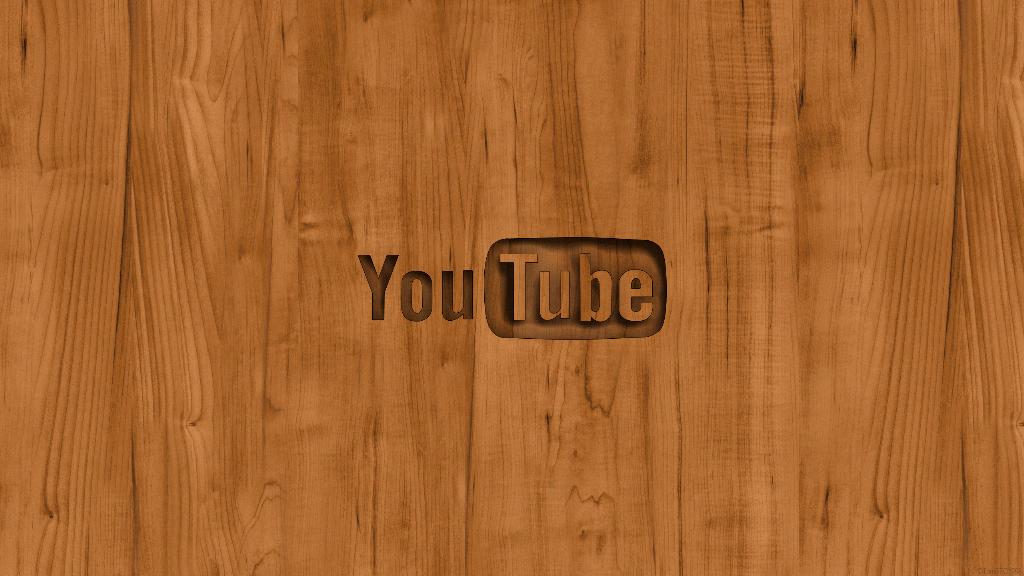When it comes to earning money through YouTube, there are specific criteria that content creators need to meet before they can start monetizing their channels. One key requirement is having a minimum of 1,000 subscribers and 4,000 watch hours within the past year. Alternatively, creators can qualify for monetization with 1,000 subscribers and 10 million valid public Shorts views in the last 90 days.
Applying to YouTube’s Partner Program
Once a content creator reaches the subscriber and watch hour thresholds mentioned above, they become eligible to apply to YouTube’s Partner Program. This program allows creators to monetize their videos through various means such as displaying ads, joining the YouTube Partner ecosystem, and accessing resources to grow their channels.
Reaching the Monetization Milestone
Upon successfully applying and being accepted into the YouTube Partner Program, creators can start earning money from their content. This milestone signifies that their channel has met the requirements set by YouTube and is now eligible to generate revenue through ad placements and other monetization strategies.
The Importance of Subscriber Count
Having a sizable subscriber base is crucial for content creators looking to monetize their YouTube channels. Subscribers not only contribute to a channel’s reach and visibility but also play a significant role in determining a creator’s eligibility for the Partner Program and subsequent earnings potential.
The Significance of Watch Hours
Accumulating watch hours is equally important as gaining subscribers on YouTube. The watch time on a channel’s videos reflects viewer engagement and interest, which are key metrics that YouTube considers when evaluating whether a channel is ready for monetization.
Monetization Options on YouTube
Once a content creator meets the criteria for monetization and is approved for the YouTube Partner Program, they gain access to various monetization options. These can include ad revenue sharing, channel memberships, merchandise shelves, and Super Chats during live streams, providing multiple avenues for creators to earn money.
Maximizing Earnings Through Ad Revenue
Ad revenue is a primary source of income for many YouTube creators. By allowing ads to be displayed on their videos, creators can earn a portion of the revenue generated from those ads based on factors such as ad impressions, viewer engagement, and overall video performance.
Exploring Additional Revenue Streams
Besides ad revenue, content creators can explore supplementary ways to generate income on YouTube. Joining the YouTube Partner Program opens up opportunities for creators to offer channel memberships, sell merchandise, receive Super Chats during live streams, and participate in YouTube Premium revenue sharing.
Building a Sustainable Earnings Strategy
For creators aiming to build a sustainable income from their YouTube channels, it’s essential to diversify their revenue streams. By combining ad revenue with other monetization methods like channel memberships and merchandise sales, creators can create a more stable and scalable earnings strategy.
Adhering to YouTube’s Policies and Guidelines
When seeking to monetize their channels on YouTube, creators must adhere to the platform’s policies and guidelines. Violations of YouTube’s terms of service, copyright infringement, or engaging in deceptive practices can result in demonetization or other penalties, affecting a creator’s ability to earn from their content.
Tracking and Analyzing Performance Metrics
To optimize their earnings potential on YouTube, creators should track and analyze performance metrics regularly. Monitoring factors such as audience engagement, video retention rates, and revenue sources can help creators make informed decisions to enhance their content and maximize their earnings over time.

Continuing to Grow and Monetize Successfully
As content creators navigate the world of YouTube monetization, it’s crucial to focus on continual growth, audience retention, and consistent content quality. By staying informed about YouTube’s policies, adapting to algorithm changes, and engaging with their audience, creators can grow their channels and monetize successfully for the long term.
